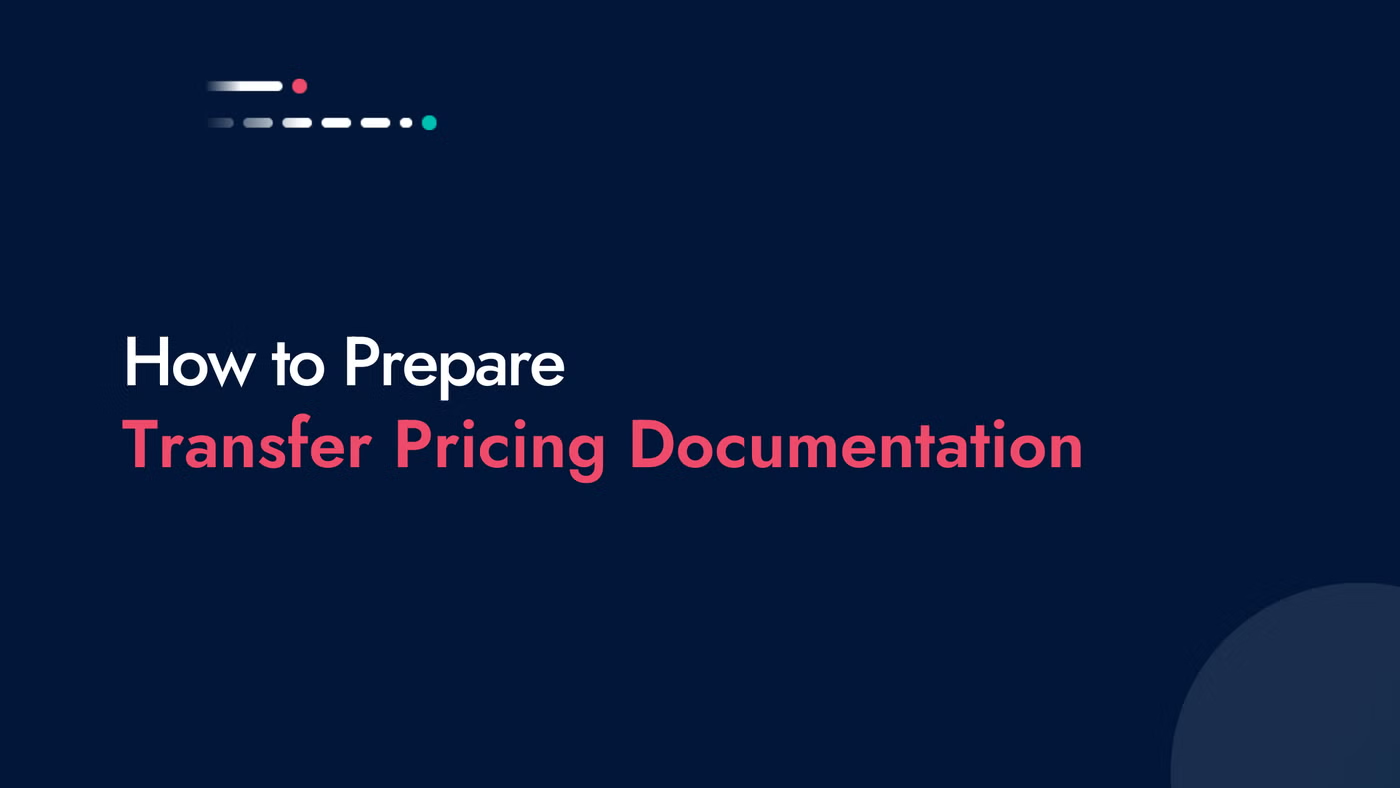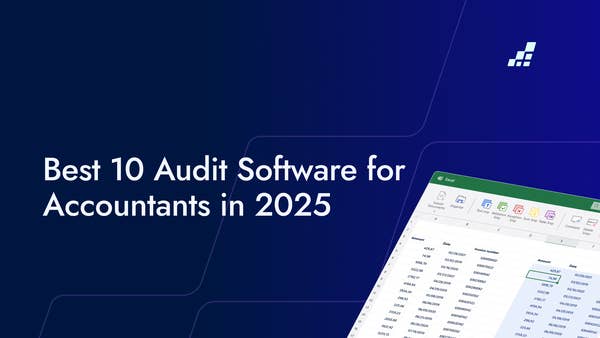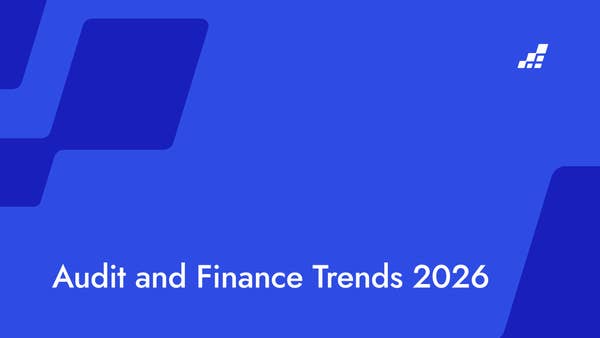- /
- Blog
How to Prepare Transfer Pricing Documentation: Guide and Tips

In the complex world of international business, knowing how to prepare transfer pricing documentation correctly is crucial. Transfer pricing plays an important role as it determines the prices at which transactions occur between the different entities of a multinational corporation.
To ensure transparency and prevent tax avoidance, many countries require companies to prepare transfer pricing documentation.
In this guide, we will explore the importance of transfer pricing, its key elements, and preparation in a step-by-step guide. We’ll also explore best practices and tips for effective preparation.
So, let's dive in and unravel the world of transfer pricing documentation!
What is Transfer Pricing Documentation
Transfer pricing is essential in today's global economy. It involves pricing goods, services, or intellectual property exchanged between related entities within a multinational corporation, mimicking transactions between unrelated entities.
Its significance lies in its potential impact on a company's tax liabilities. Manipulating transfer prices allows firms to shift profits to low-tax jurisdictions, reducing overall tax burden – a practice known as profit shifting, concerning tax authorities worldwide.
To address this, transfer pricing documentation has become crucial. It ensures tax compliance and prevents profit shifting. The documentation includes transaction details, entities involved, pricing methodologies, and supporting economic analysis, aiding in audits and tax scrutiny.
Key Elements of Transfer Pricing Documentation
Effective transfer pricing documentation requires careful consideration of key elements. Let's explore them in detail:
- Comprehensive Functional Analysis: Identify functions, assets, and risks of each related entity in controlled transactions. Understanding their value aids in choosing the right transfer pricing method.
- Detailed Comparability Analysis: Identify comparable transactions or companies as benchmarks to assess arm's length nature. Consider product similarity, market conditions, and contractual terms for selection.
- Thorough Economic Analysis: Justify arm's length pricing by applying the chosen method and considering economic factors like profit levels, cost structures, and market conditions.
By giving due attention to these key elements, you can strengthen your transfer pricing documentation and ensure compliance with relevant regulations.
Step-by-Step Guide to Preparing Transfer Pricing Documentation
Preparing transfer pricing documentation can be a complex and time-consuming process. To simplify this task, we have broken it down into five key steps:
- Identify the controlled transactions: Start by identifying all the intercompany transactions that fall under the scope of transfer pricing regulations.
- Gather relevant data: Collect and compile all the necessary financial and non-financial data related to the identified transactions.
- Perform functional and comparability analyses: Conduct a thorough assessment of the functions, assets, and risks associated with each entity involved in the controlled transactions. Identify comparable transactions or companies to determine an appropriate transfer pricing method.
- Calculate and document transfer prices: Apply the selected transfer pricing method to calculate and document the arm's length pricing for the controlled transactions. Ensure the documentation is detailed and supported by relevant economic analysis.
- Review and update the documentation: Review the prepared documentation periodically to reflect any changes in business operations or regulatory requirements. Update the documentation accordingly.
Best Practices and Tips for Effective Transfer Pricing Documentation
While preparing transfer pricing documentation, it is important to follow best practices to ensure its effectiveness and compliance. Here are some tips to keep in mind:
- Start early: Begin the transfer pricing documentation process well in advance to allow for sufficient time to gather data, perform analyses, and document the results.
- Document consistently: Maintain consistency in the format and structure of the documentation across different years and entities to facilitate easy review and comparison.
- Be transparent: Provide clear and accessible explanations of the transfer pricing policies, methodologies, and economic analyses used to support the transfer prices.
- Keep up-to-date with regulatory changes: Stay updated with the latest transfer pricing regulations and guidelines to ensure compliance and avoid penalties.
- Consider intelligent automation: Intelligent automation can eliminate manual typing to allow you to spend more time on strengthening your inspections.
Common Challenges
Preparing transfer pricing documentation can be a daunting task due to various challenges.
- Lack of reliable data: Gathering accurate and comprehensive data can be challenging, leading to potential non-compliance issues.
- Difficulty in identifying comparable transactions: Finding truly comparable transactions is intricate, causing uncertainties in selecting appropriate pricing methods.
- Evolving transfer pricing regulations: Compliance requires staying updated with frequent changes in guidelines and methodologies.
Challenges related to doing this manually:
- Time-consuming process: Manual preparation is labor-intensive, diverting resources from critical business activities.
- Increased risk of errors: Manual handling raises the likelihood of inaccuracies and disputes with tax authorities.
- Difficulty in managing vast data: Organizing large volumes of information can be challenging and inefficient.
- Limited time for complex analyses: Manual processes hinder advanced economic analyses.
Leveraging Technology in Transfer Pricing Documentation
With the increasing complexity and volume of intercompany transactions, technology can play a vital role in streamlining and enhancing transfer pricing documentation processes.
By leveraging technology, companies can save time and resources while improving the accuracy and reliability of their transfer pricing documentation. However, it is crucial to select and implement technology solutions that align with the company's specific needs and requirements.
How to Prepare Transfer Pricing Documentation with DataSnipper
Eliminate manual typing and spend more time on strengthening your inspections by automatically extracting data in Excel


.png?width=600&quality=70&format=auto&crop=16%3A9)